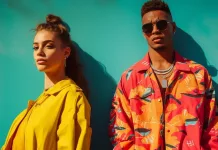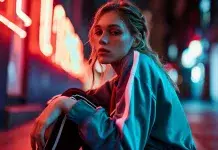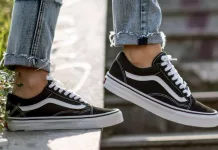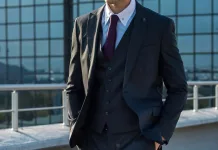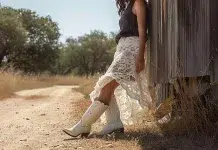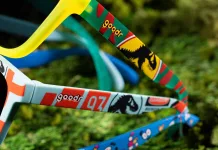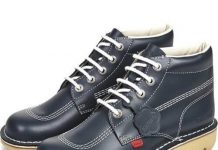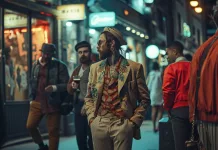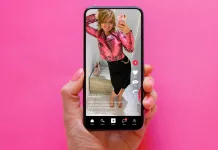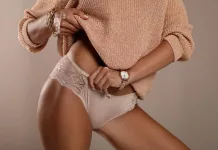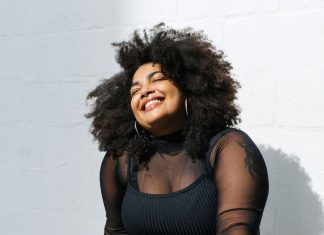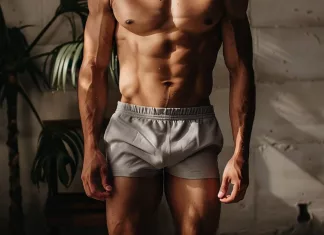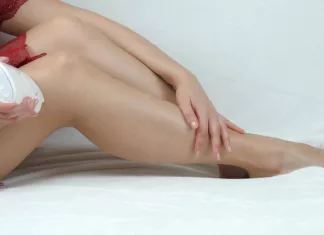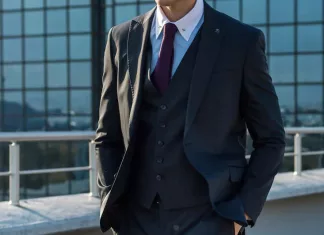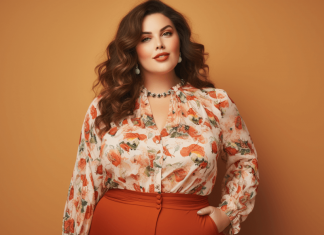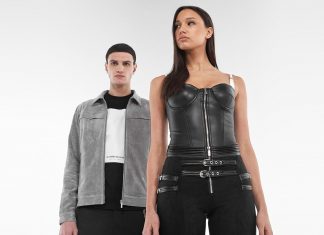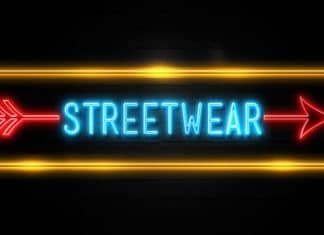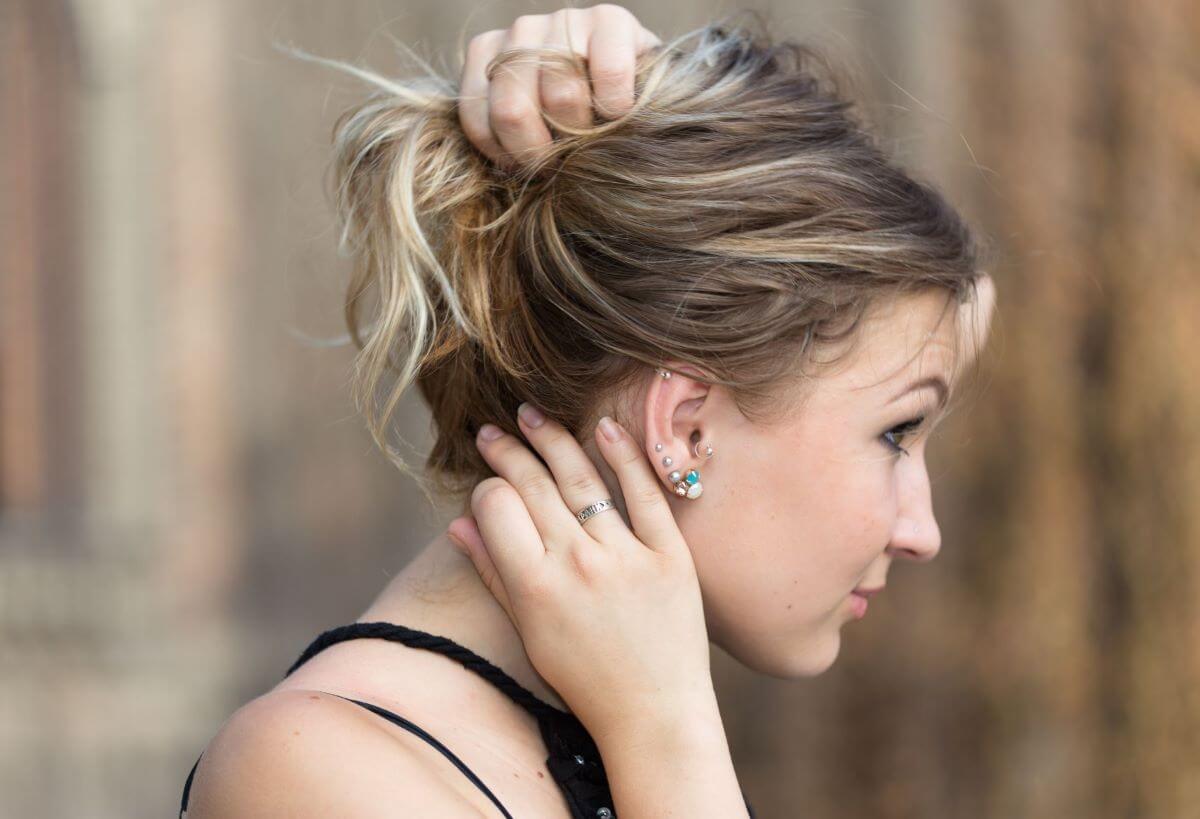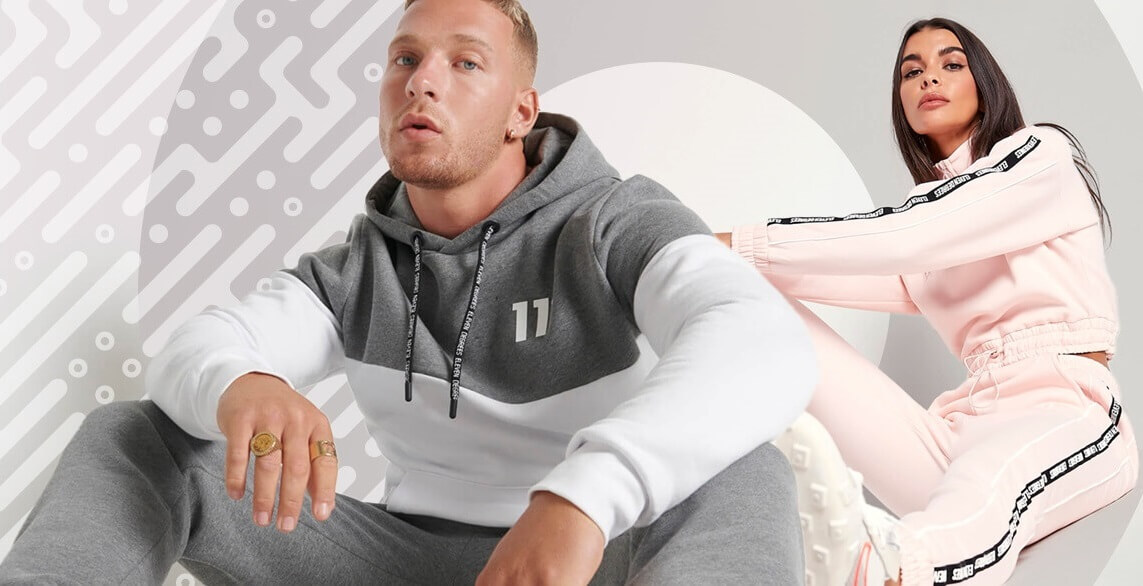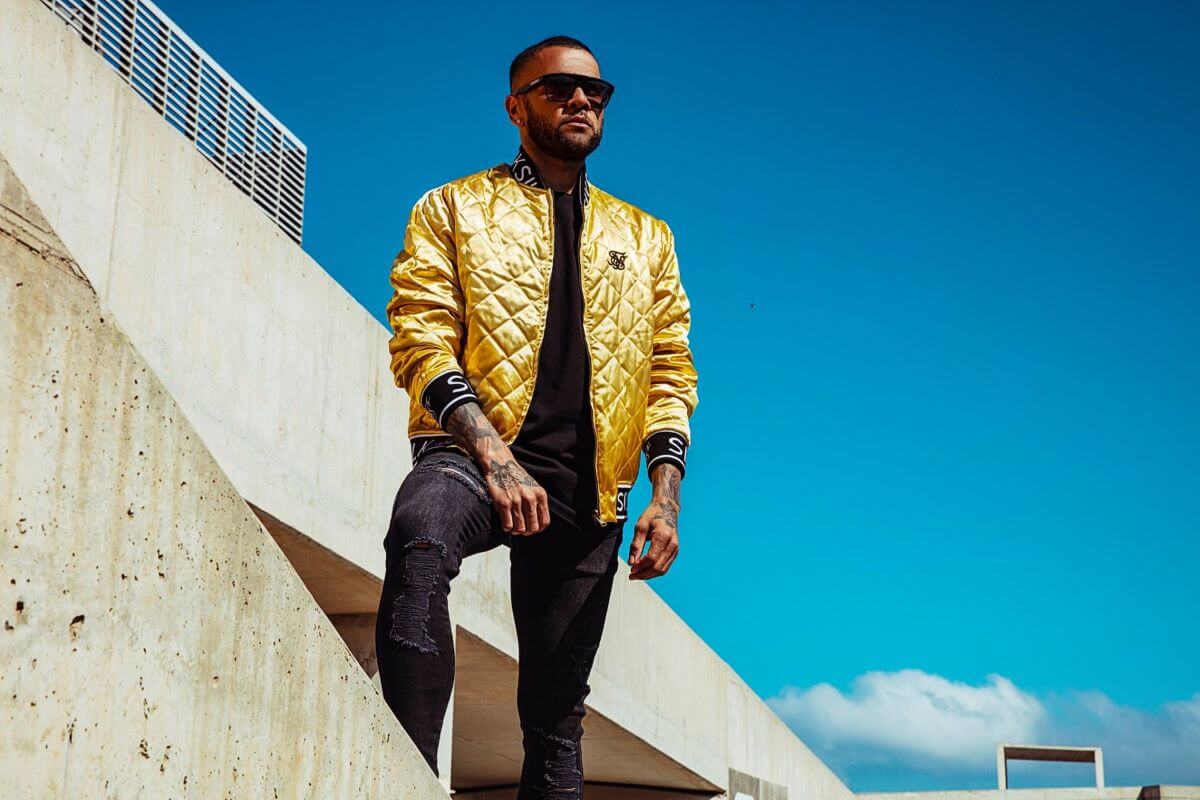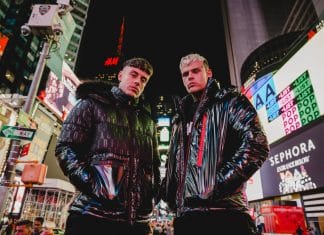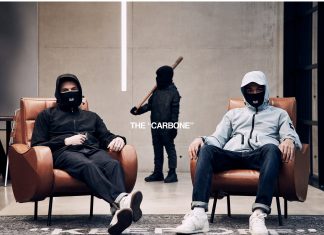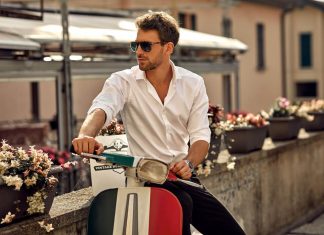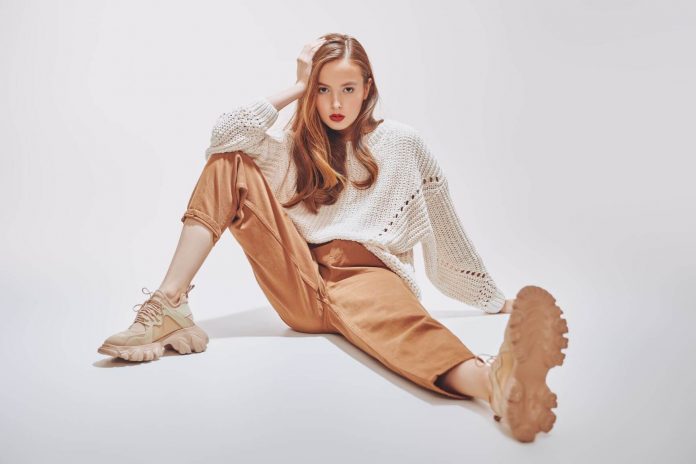
First Published: 2nd November 2020, written by Olivia Doonan | Last Updated on 3rd November 2023 | Reviewed and Edited by Chloe Safilo
Whether you’re into fashion or not, the word “contemporary” gets thrown around a lot. So and so was a contemporary of Albert Einstein or someone’s sofa is very “contemporary.” It’s a word about time that can actually mean right now or thousands of years ago. It can all get weird and confusing, but when it comes to fashion, understanding what contemporary means for you is actually quite useful.
What is contemporary fashion?
With fashion, “contemporary” has that meaning of being modern and of the moment, but it also means more. Contemporary brands strive to be more accessible (emphasis on “more,” as we’re not talking about Zara here). Occasionally it also focuses on durability, repairability, and environmental impact, but that really depends on the designer.
In other words, the meaning of contemporary fashion isn’t set in stone. But if you’re a bit turned off by haute couture and high fashion, there’s a good chance contemporary brands will have something that appeals to you.
Contemporary brands target consumers are the 20s-30s, so their design and style aim for that market. Fashion-forward brands like Maniere de Voir and Nastygal are good examples of this with on-point designs who cater for contemporary fashion trends, with modern twists like using corsets as outerwear.
So who are the designers you should be paying attention to at the forefront of contemporary fashion?
Designers who redefine fashion
When you’re looking for designers who defined contemporary fashion, Alexander Wang certainly comes to mind. He’s become a household name by bringing a high-fashion sensibility to new spaces like sportswear.
In addition, collaboration with accessible retailers like H&M has allowed his work to become affordable to just about anyone. By bringing fashion outside of its bubble and making it available on many different budgets, he’s really helped define contemporary fashion.
Other names like Phillip Lim, Nicolas Ghesquière, Jonathan Anderson, and many more are iconic as well, but Wang’s story really encapsulates how the undercurrents of contemporary design are affecting fashion as a whole.
Revivals, nostalgia, and innovation
These three words really capture what’s at the core of most European contemporary design. It’s a combination of throwbacks to other eras (it could be the 90s, 80s, 60s, etc. you see a lot of variety there) and something new thrown in. That could be new materials, production techniques, or simply taking the familiar design elements of a past era and reimagining them. Luna is a brand who’ve managed to do this perfectly, with their vintage beanies, cool bandanas and retro pin badges.
Looking at all of this together, it’s pretty clear why contemporary design is so in vogue. It hits the nostalgia so many of us experience for times past, makes beautiful items more affordable and accessible than ever, and strives for the newness that drives most commerce these days anyways.
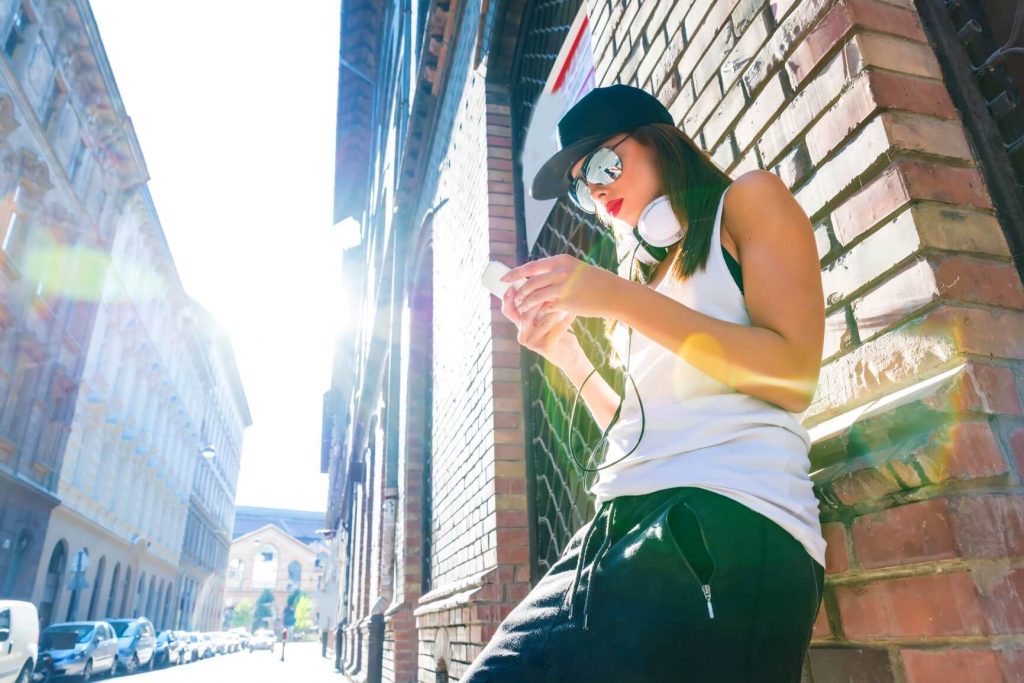
The hottest contemporary fashion trends
Now that you’ve got a good sense of the general principles behind contemporary brands, what specific fashion trends are behind them these days? After all, you can’t wear “accessibility” and everyone wants to own their style.
Shoes, shoes, shoes
One of the biggest trends in fashion over the past decade or so has been a huge focus on footwear. From the “drops” and resell market of sneaker brands to more niche houses making heels, boots, and leather shoes, the drive for one-of-a-kind shoes has been intense. Brands like No Name interpret contemporary as being anti-brand, pushing back on the obsession with clout and labels in footwear.
Others like Bronx take it as an excuse to be daring and produce everything from western boots to chunky sneakers. The intense competition in this space in general means that it’s a good time to be a footwear-obsessed shopper with an eye for contemporary fashion.
Leather Everywhere
Leather has been a big material in contemporary fashion from its inception. Contemporary brands have both pushed for a return to basics: quality leather goods produced by hand, and the new with more eco-friendly vegan leather that doesn’t feel like… well “fake” leather. Today, you can see real and vegan leather products side by side with the message from the industry being that both are valuable, authentic, and represent quality.
A pursuit for comfort
Office dress codes have been getting more casual for years, helping to push a broader focus on comfort for contemporary brands. Whether it’s performance dress shirts or athleisure as everyday wear, fashion is trying to ditch its reputation for being uncomfortable and impractical for everyday use.
Some brands are putting comfort at the core of their pitch to consumers with a “you can have it all” approach which blends comfort, practicality, affordability, and quality. For those of us who’ve long been afraid to wear some of their favourite pieces for fear of damaging them, it’s a welcome development.
Colours that matter
In a world where the Panatone colour of the year has become a genuine news item of interest, it’s clear that the culture as a whole is focusing on colour more than ever. Contemporary fashion has been reflecting that, getting more daring whether you’re talking about sneakers or luxury handbags. Contemporary fashion trends are something many brands want to capitalise on.
This all seems to reflect a society getting less conservative and more focused on individual expression, where standing out is more important than fitting in. While there is still an undercurrent of beige minimalism out there, it’s rare to see a contemporary designer who hasn’t played with colour at least somewhat over the past few seasons.





